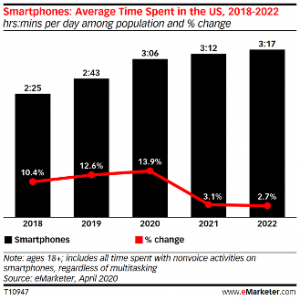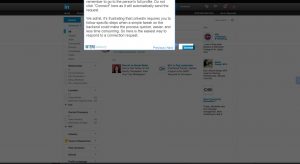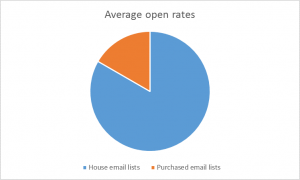As we pursue strategies to hit quarterly targets, we increase cost and thus devalue ourselves even when we hit the (sometimes unreasonable) goals.
We have been engrained to believe that our sole purpose as marketers is to drive short-term return on investment.
This approach and belief has led us to deliver results that are less financially valuable to the businesses we serve. As we pursue strategies that solve our orders to “drive leads this quarter to hit our targets,” we increase our cost per acquisition thus devaluing ourselves even when we hit the sometimes unreasonable goals given to us.
In other words, we often fail even when we win with short term goals.
Across our portfolio, we see clients hit difficult and previously unaccomplished goals given to them by management only to hear their budget will be cut.
How can this be? Why does budget get cut even when we hit our goals?
Marketing budgets are viewed through the lens of opportunity cost. Short-term thinking in your marketing drives up your cost per acquisition and as cost per acquisition increases, other channels like sales development begin to look more attractive.
We think that if we could succeed with one channel, we could probably succeed again with a different channel. This is how budgets change and evolve.
Let’s look at a scenario through the lens of a Chief Revenue Officer or Chief Financial Officer.
If we have $1.2 million to spend to acquire customers this year, should we spend on sales development (where we can have more control over our average order value) or should we spend it on PPC (which is driving results, but costs keep rising from competitive forces)?
Decision-makers do not evaluate budgets solely on hitting goals or not. They evaluate budgets based on other similar or relative opportunities and then decide which is the best allocation of capital.
Thus, when the C-suite evaluates the customer acquisition cost of performance marketing compared to sales development they often wisely reallocate budget to sales development even though marketing hit the goals provided.
So what do we do?
We use a customer acquisition cost (CAC) model to align ourselves and get ahead of reality.
Here’s a tutorial and CAC template to explain how to do this:
After you have added your own data to the CAC model, I believe you will find that the middle of your funnel is a financial wasteland. The middle of the funnel is lead generation for informational intent. These are guides and content assets you are promoting on social media to your ideal customer persona that provide information about the value of your product or services.
Unfortunately, these types of leads rarely have purchase intent.
For example, my employer has reached the point where we were converting LinkedIn ads into contacts at over 60%, but at a $21 cost per contact, we could not justify spending 21x compared to buying the same lead on ZoomInfo for $1.
You see “cold intent” and “informational intent” are not that different to your sales team. And it is definitely not 21x different.
So, you have done your own CAC analysis with the template provided. What’s next?
Well, if you are looking to increase marketing budgets and lower CAC, I would recommend that you explore spending more on third-party review sites and brand advertising.
In other words, spend at the top of the funnel to drive brand awareness and affinity which can over time turn into direct traffic which has your highest lowest CAC and spend heavily on the bottom of the funnel when your ideal customer persona is expressing purchase intent by layering your primary keywords with modifiers such as “top,” “best” or “reviews.”
As an example for top of funnel campaigns, we are generating over two million impressions on our ideal persona via LinkedIn for $2,000 a month for context.
And for the bottom of the funnel, if you search for something like “top ERP software” you will find countless opportunities to make your brand discoverable on review sites. You can then test these sites CAC against Google Ads for the same keywords to determine which is best for your business.
From here, you have now built a new demand gen funnel. And with a thoughtful approach like this, you are more likely to get buy-in from the C-suite and grow your budgets when you hit your goals.
Opinions expressed in this article are those of the guest author and not necessarily Marketing Land. Staff authors are listed here.
Marketing Land – Internet Marketing News, Strategies & Tips
(26)
Report Post






